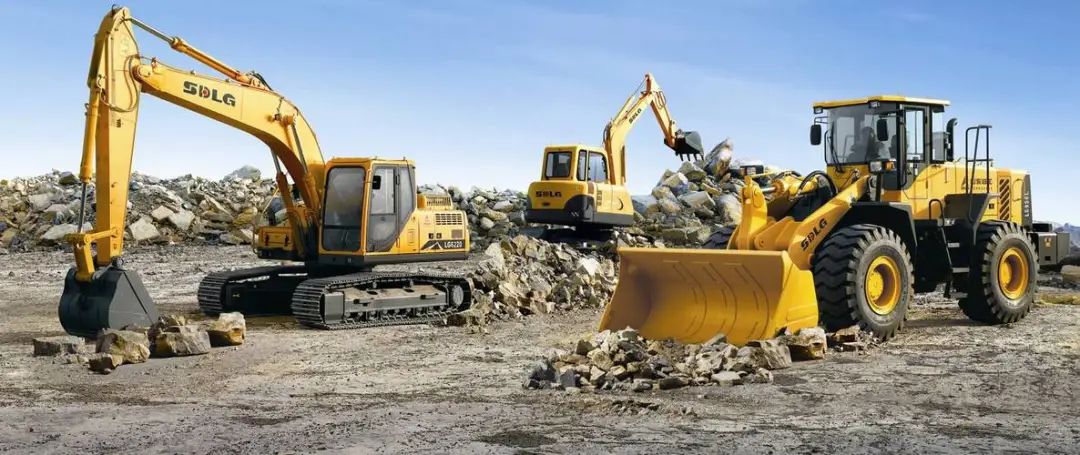
Privacy statement: Your privacy is very important to Us. Our company promises not to disclose your personal information to any external company with out your explicit permission.
The quality of hydraulic oil will not only affect the normal operation of construction machinery, but also damage the parts of hydraulic system. The students of Business Opportunity Park summarized the identification methods of hydraulic oil quality change in practice for reference:

1. Identification of oil in oil pump: take out a small amount of measured oil from the oil pump. If it is found that it is milky white and turbid (sometimes like yellowish milk), and it contains a lot of water when identified by combustion method, and it is felt that it has lost its viscosity with your hands, it indicates that the oil has been thoroughly emulsified and deteriorated and should not be reused.
2. Identification of oil in oil tank: take out a little measured oil from the oil tank and filter it with filter paper. If there is black residue on the filter paper and there is a pungent smell, it means that the oil has been oxidized and deteriorated. You can also directly take out part of the precipitated oil sludge from the bottom of the oil tank. If there are many asphalt and gum deposits, put them on your fingers and pinch them. If you feel a lot of gum and strong adhesion, it means that the oil has been oxidized and deteriorated.

November 08, 2024
April 26, 2024
April 26, 2024
Discussion on the problem of difficult cleaning of drawing oil for cold rolled sheet In the process of cold-rolled sheet processing, stamping and drawing is an important link, and the use of drawing...
Problems and solutions of burr, corrosion, difficult cleaning, volatilization insecurity in the use of stainless steel stamping and drawing oil In the process of stamping and drawing of stainless...
What are the hazards of too high oil ash? The harm of excessively high oil ash and the importance of low ash oil In the modern automobile industry, with the increasingly strict environmental...
How to distinguish lubricating oil impurities from sediment? And different handling strategies In the daily management of lubricating oil, it is important to distinguish and effectively deal with...
Email to this supplier
November 08, 2024
April 26, 2024
April 26, 2024
Send Inquiry

Mr. James
Tel:0086-371-58651986
Fax:
Mobile Phone:+86 13783582233
Email:sales@cn-lubricantadditive.com
Address:No.11 Changchun Road, High-Tech Zone, Zhengzhou, Henan
Related Products List
Mobile Site


Privacy statement: Your privacy is very important to Us. Our company promises not to disclose your personal information to any external company with out your explicit permission.

Fill in more information so that we can get in touch with you faster
Privacy statement: Your privacy is very important to Us. Our company promises not to disclose your personal information to any external company with out your explicit permission.